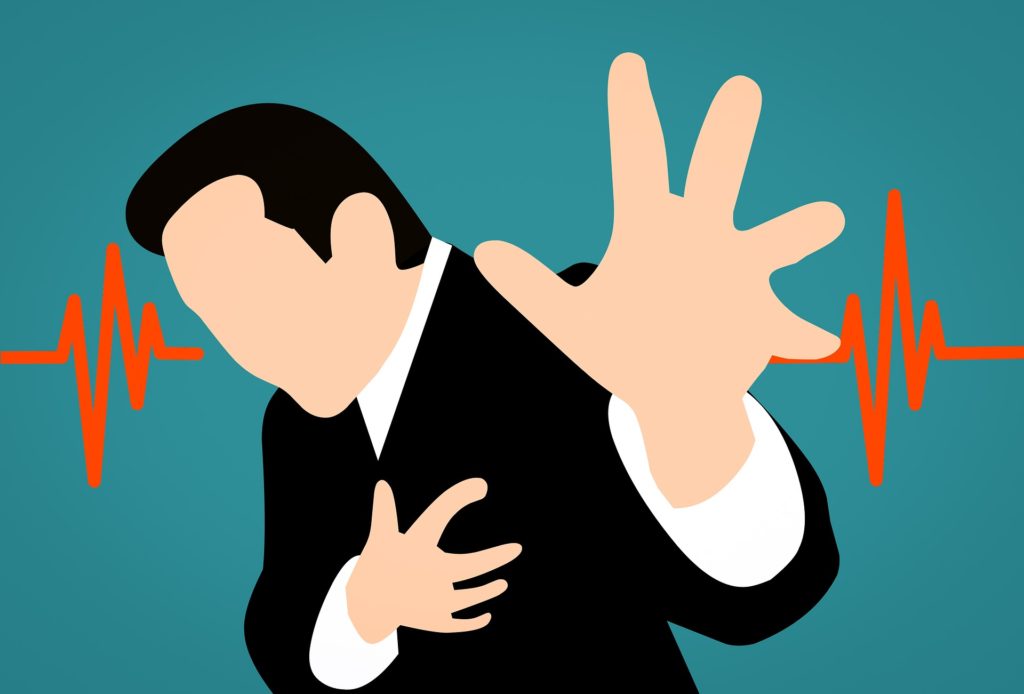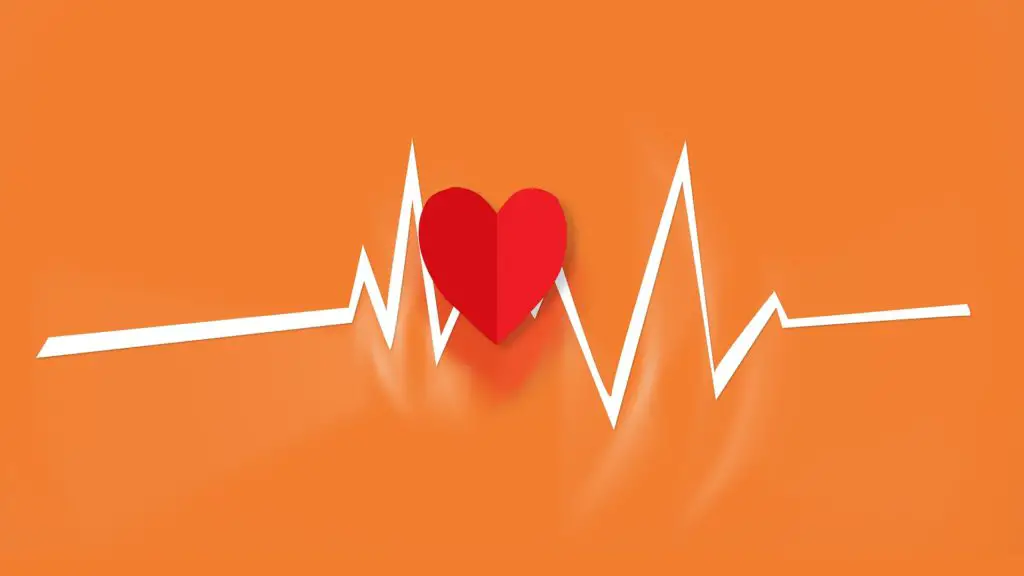
Introduction
Globally, cardiovascular diseases (CVDs) place a considerable cost on health, demanding efficient therapy strategies to lessen their effects. While standard treatments for cardiac problems, such medication and surgery, are essential, a variety of therapeutic modalities can support conventional therapies and support cardiovascular health.
This article explores a variety of therapy modalities for people with cardiovascular conditions, stressing their advantages and possible benefits for general well-being
Table of Contents
8 Heart Therapy Approaches for Treating Cardiovascular Diseases
1. Cardiac Rehabilititation
Programs for cardiac rehabilitation offer thorough, organized interventions to those recuperating from heart attacks, heart operations, or other cardiovascular disorders. These programs frequently include risk factor reduction, dietary counseling, fitness instruction, and emotional support.
A crucial component of cardiac rehabilitation is exercise training. It raises general heart health, decreases blood pressure, lowers cholesterol, and increases cardiovascular fitness. workouts that are specifically designed for a person may include aerobic workouts, strength training, and flexibility drills with the goal of reducing symptoms like weariness and shortness of breath that are frequently linked to CVDs.
Another critical element of cardiac rehabilitation is nutritional guidance. A heart-healthy diet that prioritizes fruits, vegetables, whole grains, and lean proteins while reducing saturated fats, salt, and added sugars makes a substantial contribution to avoiding and controlling cardiovascular illnesses. In order to create individualized meal plans and teach patients about good eating practices, nutritionists work with patients.
In order to treat the emotional and psychological effects of cardiovascular illnesses, psychosocial assistance is a crucial component of cardiac rehabilitation. People with CVDs frequently experience stress, worry, and sadness, which can negatively impact their general well-being. In order to assist patients manage the emotional difficulties caused by their diseases, reduce psychological discomfort, and enhance their quality of life, therapists and counselors give support and counseling.
2. Cognitive Behavioral Therapy (CBT)
The therapy method known as Cognitive Behavioral Therapy (CBT) focuses on recognizing and changing unfavorable attitudes and habits. CBT can be helpful in controlling risk factors, lowering stress, and encouraging healthy lifestyle choices in the setting of cardiovascular illnesses.
CBT attempts to assist people in understanding how their thoughts, feelings, and actions relate to their cardiovascular health. Patients can develop healthier attitudes and beliefs, which will result in better self-care habits, by questioning negative ideas and encouraging positive self-talk. Additionally, CBT strategies help people manage stress and anxiety, both of which play a role in the onset and progression of cardiovascular disorders.
3. Mindfulness-Based Stress Reduction
People with cardiovascular disorders can benefit from mindfulness-based stress reduction (MBSR), which integrates body awareness, and mindfulness meditation to lower stress, anxiety, and blood pressure levels
The main focus of MBSR is present-moment mindfulness, which enables people to develop a non-judgmental and accepting perspective toward their thoughts, emotions, and physical sensations. By engaging in mindfulness practices, people get more self-awareness, which aids in efficient stress management. Regular MBSR practice has been linked to reduced risk factors for CVDs, higher emotional wellbeing, and better cardiovascular health.
4. Musical Therapy
The use of music in therapy helps people feel better physically, emotionally, and mentally. Due to its capacity to lower blood pressure, reduce tension, and promote relaxation, it can be a useful therapeutic technique in the treatment of cardiovascular illnesses.
A relaxing response is elicited by listening to calming music, which lowers blood pressure and pulse rate. Additionally, people are engaged in enjoyable activities that divert them from tension and anxiety during active music-making or guided visualization in music therapy sessions. These interactions offer a therapeutic outlet and benefit general cardiovascular health.

5. Art Therapy
Painting, sketching, and sculpting are just a few of the artistic techniques used in art therapy to encourage healing and wellbeing. It can help people with cardiovascular problems by lowering stress, boosting mood, and giving them a way to express their emotions.
Participating in art stimulates the brain’s reward pathways and encourages endorphin production, which results in emotions of happiness and relaxation. Self-expression is encouraged via art therapy, which can assist people in overcoming the emotional difficulties associated with having a cardiovascular illness. It promotes emotional healing and resilience by allowing people to express their thoughts, anxieties, and hopes visually.
6. Aromatherapy
Use of essential oils obtained from plants in aromatherapy helps to enhance both physical and emotional well-being. Essential oils can have a relaxing impact, lower stress levels, and encourage relaxation when inhaled or used topically. Aromatherapy is a possible supplementary treatment for cardiovascular illnesses since several essential oils, such lavender and bergamot, have been linked to reduced blood pressure and heart rate.
Diffusers, inhalers, and diluted oils applied to the skin while receiving a massage or bathing are all methods of using aromatherapy. However, in order to guarantee the right and safe use of essential oils, especially for people with certain medical issues or sensitivities, it is crucial to speak with a qualified aromatherapist or healthcare expert.
7. Hydrotherapy
Hydrotherapy involves the therapeutic use of water in various forms, such as baths, showers, or water-based exercises. It utilizes water’s physical properties, such as temperature and pressure, to stimulate circulation, relax muscles, and reduce stress. Hydrotherapy can help lower blood pressure, improve cardiovascular function, and enhance overall well-being.
Techniques of hydrotherapy include hot and cold compresses, contrast showers, aquatic exercises, and whirlpool baths. The application of hot water can dilate blood vessels and increase blood flow, while cold water can constrict blood vessels and reduce inflammation. Alternating between hot and cold water can promote circulation and lymphatic drainage. Hydrotherapy should be performed under the guidance of a healthcare professional to ensure safety and effectiveness.
8. Biofeedback
By giving real-time feedback on bodily functions, the practice of biofeedback helps people become more conscious of and in control of their physiological processes. People may monitor their heart rate, blood pressure, muscular tension, and other important physiological data by using sensors. The feedback enables people to comprehend how their actions, feelings, and ideas affect their bodily reactions.
People may be able to enhance their cardiovascular health, lower their blood pressure, and reduce stress by learning to control their physiological reactions. Biofeedback sessions are often conducted under the guidance of a trained therapist who assists individuals in interpreting the feedback and teaches them relaxation techniques, breathing exercises, or mental imagery to influence their physiological responses positively.
Conclusion
For those with cardiovascular problems, therapeutic treatments provide a variety of possibilities to improve their quality of life and maintain their general health. Cardiovascular rehabilitation programs, cognitive behavioral therapy, mindfulness-based stress reduction, music therapy, art therapy, aromatherapy, hydrotherapy, and biofeedback are just a few of the therapies that are used in conjunction with standard medical care to enhance patient outcomes and quality of life.
These treatment techniques enable people to take an active role in their own health management by treating the physical, emotional, and psychological elements of cardiovascular illnesses. To choose the most suitable treatment modalities based on unique requirements and situations, it is crucial to speak with medical experts or licensed therapists. People may improve their well-being and lessen the toll that cardiovascular illnesses have on their life by adopting a holistic approach to cardiovascular health.
Jeremiah 17: 14 “Heal me, LORD, and I will be healed; save me and I will be saved, for you are the one I praise.” (NIV)
God heals people who are Faithful to Him, serving Him with gladness while seeking for his righteousness. There is no sickness that the Lord Jesus Christ cannot heal, for that is one of God’s powers seen by men.
Internal Links
1.Nail Health: 3 Disorders, Meanings and Remedies. June 6, 2022
2. How to Incredibly Live Longer- Part 2. March 23, 2023
5. 10 effective Strategies for Severe Asthma Treatment to Empower Your Breath. June 14, 2023
External Links
1. 4 Amazing Home Remedies for Kidney Stones. December 13, 2021
2. Allergy Drugs, Allergy Medications and 62 Amazing Foods that Heal. May 6, 2022
3. How to Prevent Stroke: 253 Healthy Foods to Eat. July 18, 2022
References
American Heart Association. (n.d.). Cardiac rehabilitation. Retrieved from https://www.heart.org/en/health-topics/cardiac-rehab
American Psychological Association. (2006). Stress and Emotions Can Negatively Affect Heart Health. Retrieved from https://www.apa.org/topics/stress-cardiovascular-disease
National Center for Complementary and Integrative Health. (2020). Aromatherapy: What you need to know. Retrieved from https://www.nccih.nih.gov/health/aromatherapy



